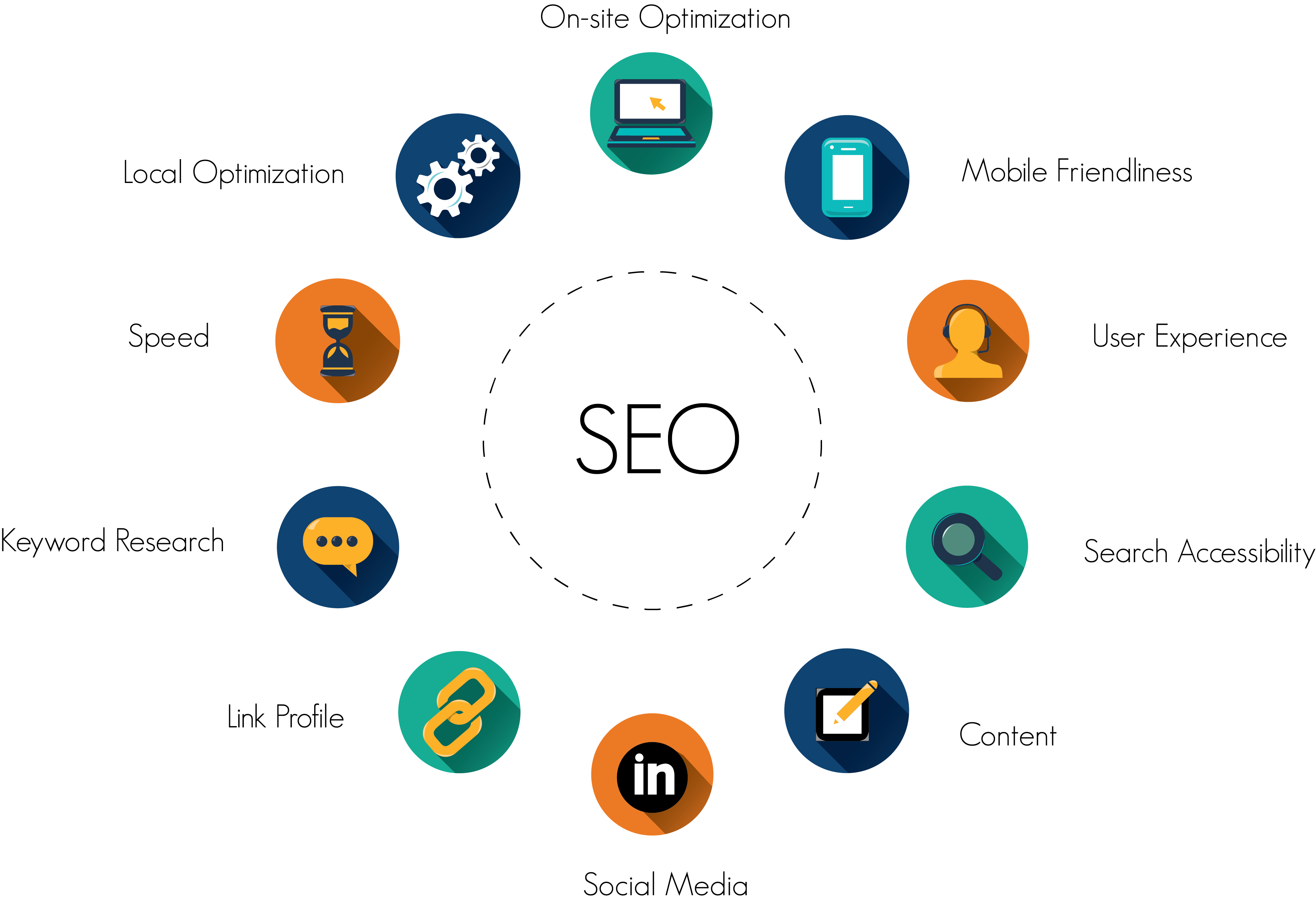As an SEO expert or marketer, you already know the importance of optimizing your content for search engines. But with the ever-changing landscape of SEO, it can be challenging to stay up-to-date on the latest strategies and best practices. In this blog post, we'll dive deep into the world of content optimization, providing you with actionable tips and techniques to help you optimize your content for SEO and drive more organic traffic to your website. So, let's get started!

AIDA Framework: Attention, Interest, Desire, and Action
Before we dive into the specifics of content optimization, let's take a moment to discuss the AIDA framework. AIDA stands for Attention, Interest, Desire, and Action, and it's a tried-and-true marketing model that can help you create more effective and engaging content. By following the AIDA framework, you can ensure that your content not only grabs your audience's attention but also piques their interest, creates a desire for your product or service, and ultimately drives them to take action.

SCQA Framework: Situation, Complication, Question, and Answer
Another useful framework for creating compelling content is the SCQA framework. SCQA stands for Situation, Complication, Question, and Answer, and it's a powerful storytelling tool that can help you structure your content in a way that resonates with your audience. By starting with a relatable situation, introducing a complication or problem, posing a question, and then providing a solution or answer, you can create content that not only informs but also engages and persuades your readers.
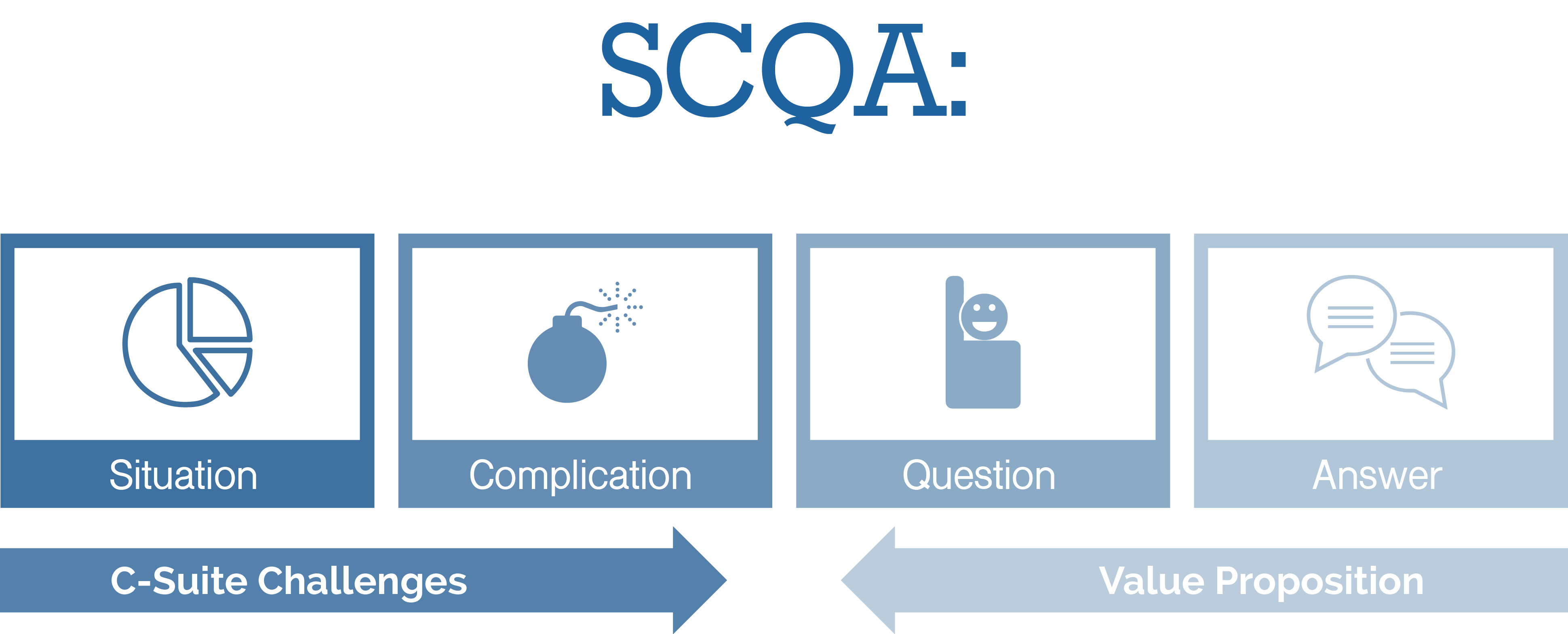
Interest: Surprising Statistics About Content Optimization
Now that we've covered the basics of the AIDA and SCQA frameworks, let's dive into some surprising statistics about content optimization that will pique your interest:

How to Optimize Content for Ghost SEO: A Step-by-Step Guide
Now that we've piqued your interest with some surprising statistics, let's dive into the nitty-gritty of content optimization. In this section, we'll provide you with a step-by-step guide on how to optimize your content for SEO, covering everything from keyword research to on-page optimization and beyond.
1. Conduct Keyword Research for Ghost
Keyword research is the foundation of any successful content optimization strategy. By identifying the keywords and phrases your target audience is searching for, you can create content that addresses their needs and interests, ultimately driving more organic traffic to your website. There are several tools available to help you conduct keyword research, including Google Keyword Planner, Ahrefs Keywords Explorer, and Moz Keyword Explorer.
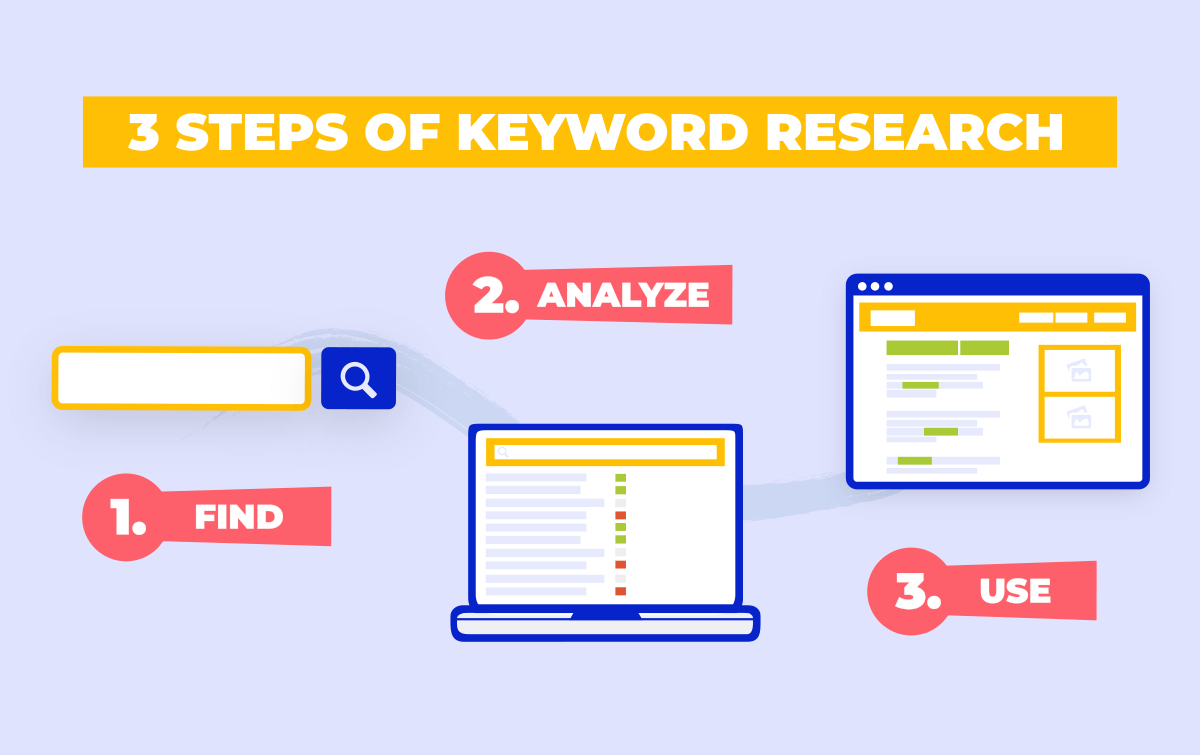
2. Create High-Quality, Engaging Content on Ghost
Once you've identified your target keywords, it's time to create high-quality, engaging content that addresses your audience's needs and interests. Remember to follow the AIDA and SCQA frameworks to ensure your content is not only informative but also persuasive and compelling. Additionally, aim to create long-form content (1,000+ words) whenever possible, as research suggests that longer content tends to rank higher in search results.

3. Optimize Your Content for Ghost On-Page SEO
On-page SEO refers to the various elements on your website that can be optimized to improve your search engine rankings. Some key on-page SEO factors to consider when optimizing your content include:

4. Promote Your Content on Social Media and Other Channels
Once you've optimized your content for on-page SEO, it's important to promote it on social media and other channels to increase its visibility and reach. By sharing your content on platforms like Facebook, Twitter, LinkedIn, and Pinterest, you can drive more traffic to your website and improve your search engine rankings. Additionally, consider reaching out to influencers and industry experts to share your content, as this can help you build valuable backlinks and further boost your SEO efforts.

Summary and Final Thoughts
Optimizing your content for SEO is a crucial component of any successful digital marketing strategy. By following the tips and techniques outlined in this blog post, you can create high-quality, engaging content that ranks well in search results and drives more organic traffic to your website. Remember to conduct thorough keyword research, follow the AIDA and SCQA frameworks, optimize your content for on-page SEO, and promote your content on social media and other channels to maximize its visibility and reach.
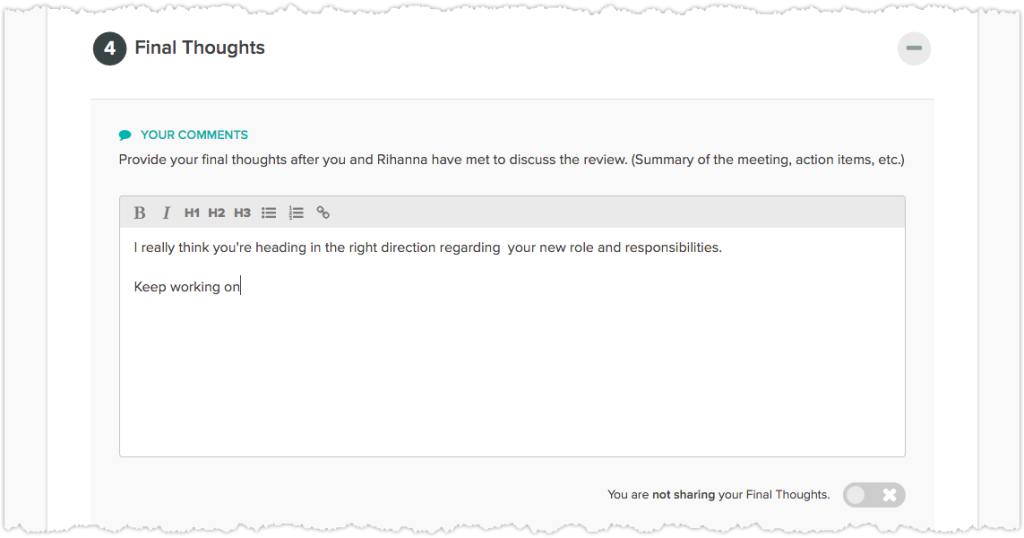
FAQ: How Do You Optimize Content for SEO?
In this FAQ section, we'll answer some common questions related to content optimization for SEO. Whether you're an SEO expert or a marketer looking to improve your website's search engine rankings, these answers will provide valuable insights and tips to help you optimize your content for SEO effectively.

1. How do you optimize content for SEO?
To optimize content for SEO, follow these steps:
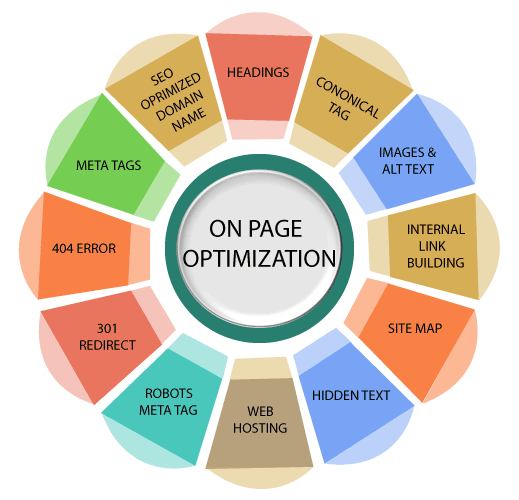
2. What is the AIDA framework?
AIDA stands for Attention, Interest, Desire, and Action. It's a marketing model that helps you create effective and engaging content by ensuring that your content grabs your audience's attention, piques their interest, creates a desire for your product or service, and ultimately drives them to take action.

3. What is the SCQA framework?
SCQA stands for Situation, Complication, Question, and Answer. It's a storytelling tool that helps you structure your content in a way that resonates with your audience. By starting with a relatable situation, introducing a complication or problem, posing a question, and then providing a solution or answer, you can create content that informs, engages, and persuades your readers.
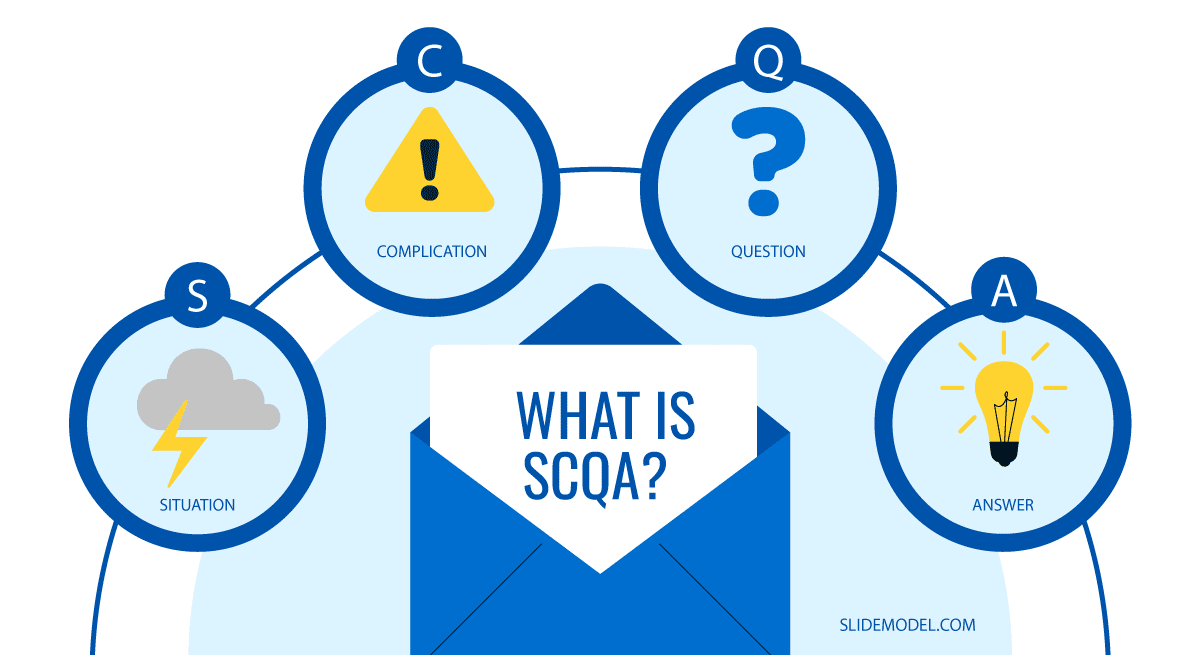
4. What are some tools for conducting keyword research?
Some popular tools for conducting keyword research include Google Keyword Planner, Ahrefs Keywords Explorer, and Moz Keyword Explorer. These tools can help you identify the keywords and phrases your target audience is searching for, allowing you to create content that addresses their needs and interests.
5. How long should my content be for optimal SEO?
Research suggests that long-form content (1,000+ words) tends to rank higher in search results. However, the ideal length of your content will depend on your target audience, the complexity of the topic, and the purpose of the content. Aim to create content that is comprehensive, engaging, and provides value to your readers, regardless of its length.

6. How do I optimize my images for SEO?
To optimize your images for SEO, use descriptive file names and alt tags that include your target keywords. This helps search engines understand the content of your images and can improve your website's overall SEO performance.
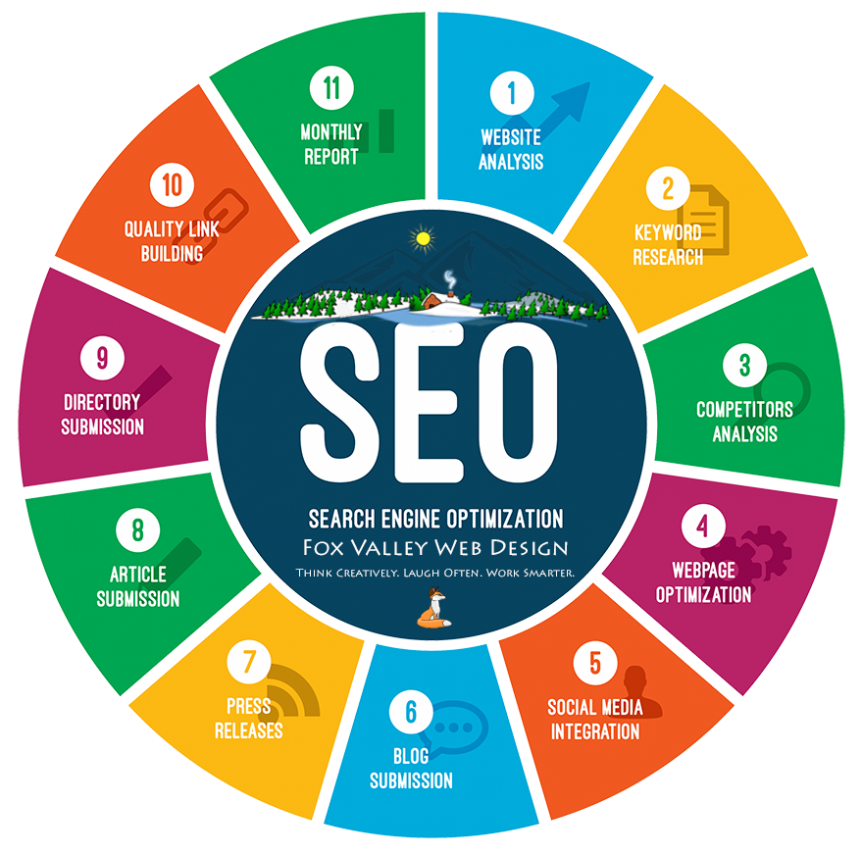
7. What is the importance of internal and external linking in content optimization?
Internal and external linking provide additional context and resources for your readers, improving the overall user experience. Internal links help search engines understand the structure of your website and can improve your site's crawlability. External links to authoritative sources can boost your content's credibility and trustworthiness, which can positively impact your search engine rankings.
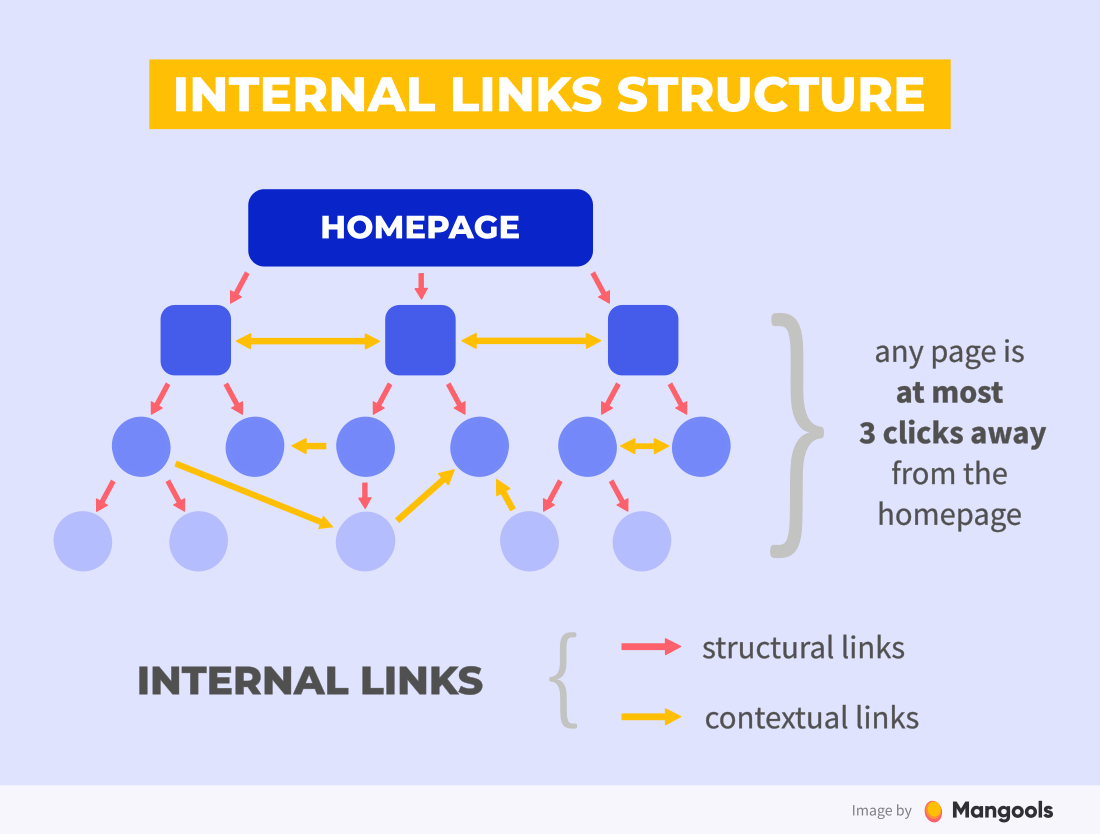
8. How do I promote my content on social media and other channels?
To promote your content on social media, share it on platforms like Facebook, Twitter, LinkedIn, and Pinterest. Tailor your posts to each platform's audience and format for maximum engagement. Additionally, consider reaching out to influencers and industry experts to share your content, as this can help you build valuable backlinks and further boost your SEO efforts.

9. How can I measure the success of my content optimization efforts?
Use tools like Google Analytics, Ahrefs, and Moz to track your website's organic traffic, search engine rankings, and user engagement metrics. Monitor these metrics over time to identify trends and areas for improvement in your content optimization strategy.

10. How often should I update my content for SEO?
Regularly updating your content helps maintain its relevance and freshness, which can positively impact your search engine rankings. Aim to review and update your content at least once a year, or more frequently if there are significant changes in your industry or target keywords.
